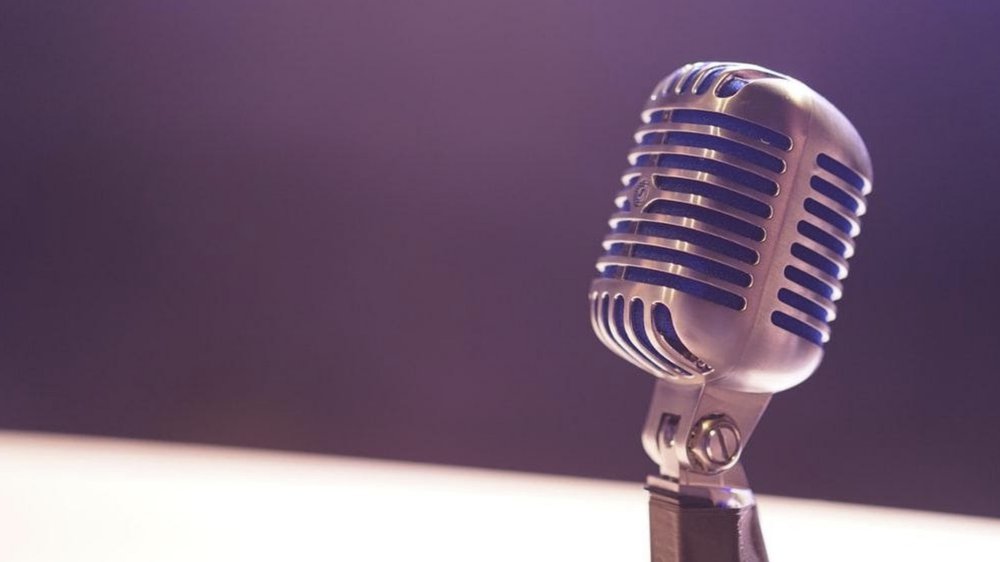In 2019, more than one-third of Americans age 12 and older listened to podcasts regularly — that’s 104 million people each month. Today, an estimated 120 million people listen to podcasts, with audiences increasing by 20 million each year.
Podcasts convey emotion and nuance in ways the written word cannot, making them highly effective additions to public relations campaigns. Podcasts are relational; people tend to become regular listeners because they connect more strongly to the host. They are also a great medium to explain or discuss complex and controversial topics. Hearing the voice inflection, intonation, and the timing of how a person explains a difficult subject is about as close as possible to actually having a conversation with that person.
Below are several tips we’d like to share from our recent work producing a highly successful issue-oriented podcast called The Score about academic integrity. Our primary goal for The Score is to draw attention to the issue of cheating in higher education and it gives us a forum to have long conversations with researchers and other academics about this topic.
Pick a compelling theme. The theme is the heart of any podcast and our recommendation is to not automatically default to the company-branded podcast. Instead, be topic or theme-oriented on your industry or a related subject. For example, rather than a podcast branded with your tutoring company name, focus on student success beyond the specific market for your product. If you have a math product for primary grades, don’t stop there. Cover mathematics research, math education in the early grades, higher ed, and even math as a profession. In another example, rather than name a podcast after your engineering company, address the topic of wastewater and water infrastructure needs. Not only will you bring in more listeners, you’ll also have a much wider pool of guests to select from.
Don't underestimate the power of a good name. A clever and relevant podcast name connected to the theme is not only memorable, it may entice listeners to press play. Stay away from wordy and difficult to pronounce names. Names with double-meanings or those with an underlying connection to the topic work well. We picked “The Score” because it applies very specifically to grading and assessments, but it also fits with the larger issue we’re trying to address which is the growing problem of cheating in academia.
Be consistent with name, website and social accounts. Keep your online presence consistent across all platforms. Many of the best names are already taken so you may have to get creative. We tacked “Podcast” onto our properties so that we could keep our URL, Twitter, and IG pages with the same handle podcastTheScore.
Secure your spot on platforms early. Well before your launch date, submit your podcast to Google, Apple, Spotify, and Amazon. Be sure you know what an RSS feed is and give yourself ample time — as much as a week — to get approved. Here’s more information on how to get your podcast onto Apple Podcasts and iTunes, how to show up in Google Podcasts, how to distribute on Spotify and how to submit to Amazon. If you have a podcast production company, they will publish for you. So, speaking of production companies...
Hire a podcast production company. Production companies do the heavy lifting, not only taking over the recording, but also setting up your hosting site (for that RSS feed), and they provide valuable insight in getting your project off the ground. You can publish to Apple, Google and the other platforms yourself, but a full-service production company like Distorted, the company we hired, will take over all of these tasks. They can create professional audio/visual and soundbite clips for promotional material and provide post-production clean-up — mixing raw audio recordings with theme music and host introductions while balancing the audio. Speaking of music, third-party production companies can find theme music for you, however, we found excellent and affordable music options from Audio Jungle.
Another advantage of a production company is that you’ll have an audio pro managing the session. They perform sound checks and listen in throughout the recording. We have found this to be especially helpful. A professional sound engineer hears intruding sounds like dogs in the distance or buzzing microphones and solves the problem in real-time so that you don’t have to go back and re-record. Also, they give another layer of professionalism to your project, which helps your guests feel their time is valued and that the podcast is successful enough to warrant their attention.
Consider hiring a podcast host. Having the right host also adds to the professionalism of the production. Hosts need to be knowledgeable about the topic, have an engaging voice and not be prone to dropping in filler words, which, uhm, is a very tough habit to break. We recommend selecting someone other than a company CEO or executive. In fact, we vote for someone completely outside the company. While it’s possible for an employee or executive to be neutral, it takes a lot of work to keep the marketing speak from creeping in. A host who is not affiliated with the company, lends credibility to your project. For our podcast in higher education, we hired an education journalist with radio experience and deep knowledge of academia. The results have been spectacular.
I will say that despite advocating for hiring an outside host, it is possible to have a corporate executive run a great podcast. One of our clients, NetSupport, has an excellent podcast hosted by their CEO, Al Kingsley. Al is one of those naturally curious individuals who already has a large social presence, has broad interests, and an uncanny instinct for conversation. Another podcast in education, TestsandTheRest hosted by Amy Seeley and Mike Bergin, has nearly 300 episodes so far and is a good example of company executives being able to focus on issues well beyond their company solutions. The takeaway is to carefully evaluate the personality “asset” you have and if there is any hesitation about their ability to move a conversation along in the way it needs to progress, go find a professional.
Invest in high quality graphics. I’ve read a few podcast advice columns that recommend not developing graphics at the start, but I disagree. An excellent logo and graphics displayed on your website and social properties are important branding elements. Strong and consistent imagery not only conveys professionalism and staying power, but it provides visual elements to roll into social posts. It also helps anchor your theme. People respond to visuals far more than written words. The colors you choose and the imagery will either bring people in — some of whom might drop by only because the images are cool — or they can turn people off. A boring graphic equals boring content in my mind. You don’t want that to happen to your project.
We also set up templates, matching the brand of course, to promote quotes from each episode. I write down interesting statements made during the interview — made possible because we have a professional sound engineer running the show — and our graphic artist quickly drops them into templates for pre-promotion weeks before release. Be sure to check your social properties for horizontal or square orientations. Instagram, LinkedIn and Twitter are our primary social properties so our templates are 1200x675 for tweets, but a square works for the cover, LinkedIn and Instagram.
Booking guests is easier than expected. Most people jump at the chance to be on podcasts but getting dates and times coordinated can be a bear, especially when dealing with time zones and different countries as we are. Again, don’t underestimate how much time it might take to coordinate schedules. We are having great success inviting academics to talk about their published papers and research on The Score but bringing together 2 guests and a host can be tricky. If you encounter a potential guest who seems intimidated by the medium, remind them of the casual nature of podcasting and that they will not be “live.” Edits are perfectly acceptable. Furthermore, with that great production company you hired, the splices are virtually unnoticeable.
Do more with the transcripts. Every one of our episodes is transcribed by Rev.com so that we can confirm quotes and use the transcripts for future articles. Remember that you’ve developed content that has a utility well beyond the podcast itself. We’ll expand on this topic in another post, but for now, be sure to publish show notes for each episode to help listeners get a feel for what’s to be covered.
Promote your podcast before and after. And even much much later. Once your podcast is live, use relevant hashtags of groups that have a similar interest in your content. For example, connect with organizations in the same space, and always share with past and future guests to help spread the word. Use those graphics of pull quotes for pre-promotion and after going live, and even weeks and months later when a related news item pops up. In a future post, we’ll delve more into the promotional aspects.
About the author

Jennifer Harrison is CEO at Pando Public Relations - PUBLIC RELATIONS and SOCIAL MEDIA experts who bring visibility to companies in the K-12 and higher education markets, as well as consumer tech markets. Our expertise also extends to the MUNICIPAL SECTOR in guiding agencies through capital improvement projects, rate hikes, and environmental compliance (CEQA) using public outreach, education, and engagement strategies.










